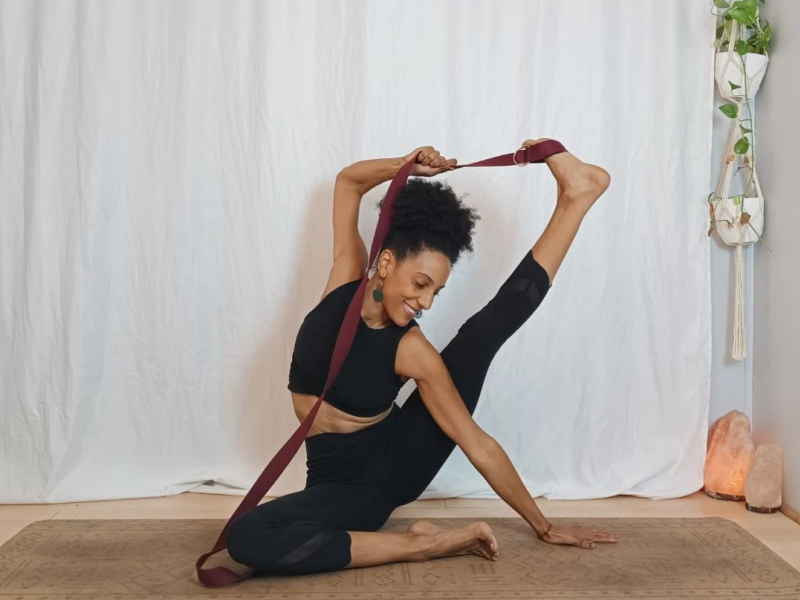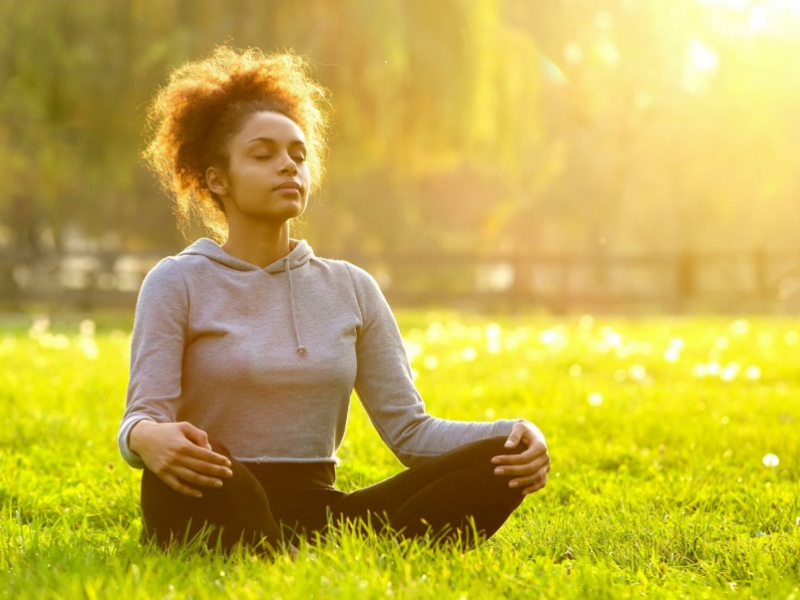Yoga practice is diverse and takes place within a variety of contexts, thus practitioners will want to offer their own understandings and practices. Here are some Inclusive yoga practice tips.
1. Be specific
Inclusive Yoga is a term coined by social activists to describe the human experience of being in a multicultural society. But the language used by many practitioners is broad, sometimes inappropriate, and may not be understood by many who are not of the same ethnicity or culture as the practitioner. Be specific. Be sensitive to who will engage with your yoga practice and how they will interpret it. Practice in a way that you, as well as your students, can relate to and understand easily.

2. Be aware of cultural issues that may affect your students
Be sensitive to the spiritual and cultural differences of your students. For example, people from most Asian countries place great importance on honoring their ancestors by burning an incense stick or lighting an oil lamp or candle. Some students may feel incapable of doing yoga after they have done these or other rituals connected with their culture.
3. Be open to all styles of yoga
Inclusive Yoga is a new term. Some may not even know what it refers to. People come from different cultures and practice the type of Yoga that they are familiar with, so be open to other styles of yoga. If you are expecting a specific type of yoga, then be clear about your understanding and ask your students what their expectations are before you start the class. If a student comes late to practice, do not assume that they do not know how to do asanas (poses).
Inclusive Yoga is a new term and the phrase may not resonate with all practitioners. But be open to working with students who, like you, want to practice inclusively and make sure that you attend to their needs.




